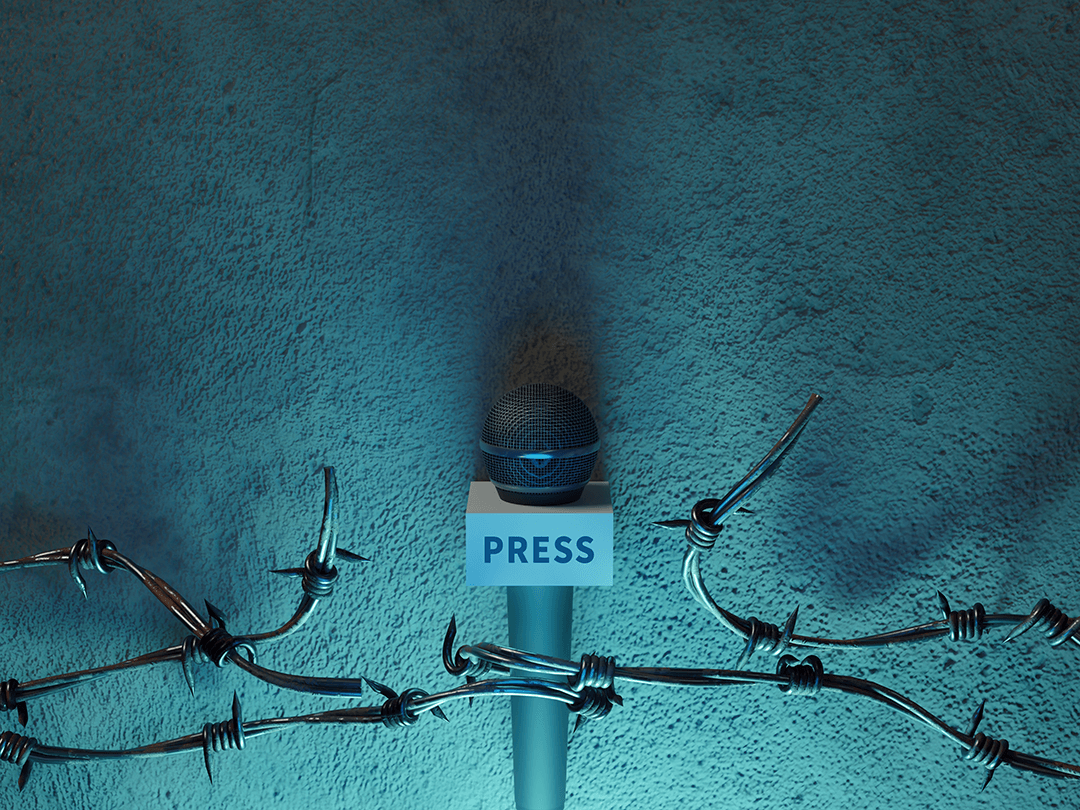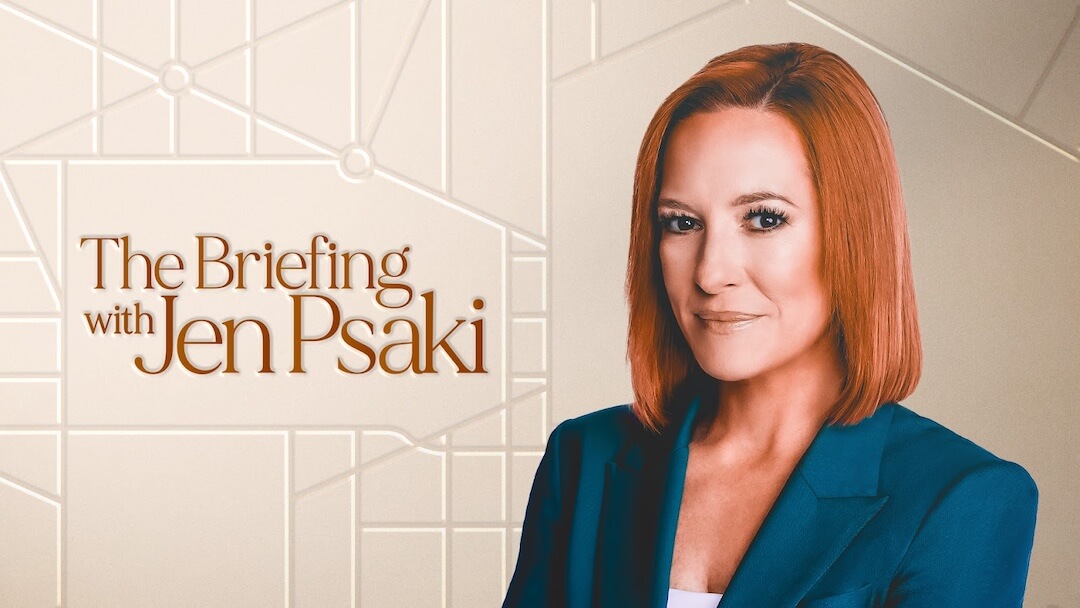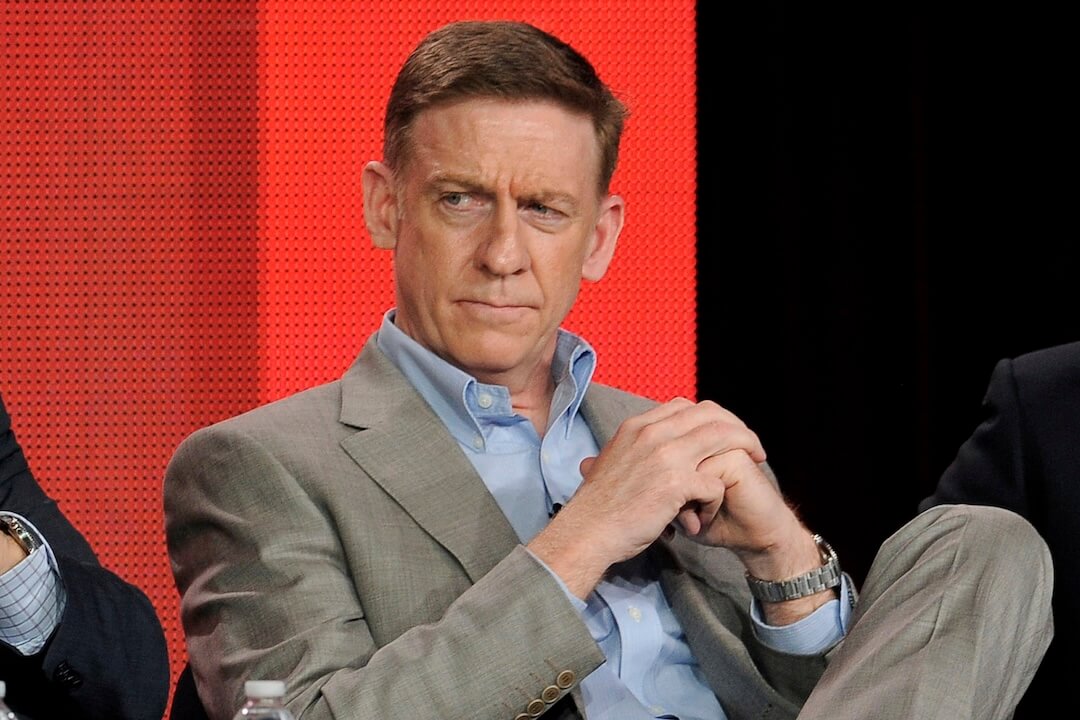![]()
![]() I talked with a number of extremely bright young journalists at the Society for News Design workshop in Las Vegas this week.
I talked with a number of extremely bright young journalists at the Society for News Design workshop in Las Vegas this week.
The group met for a panel discussion to share their views, experiences and hopes for what’s ahead in this industry.
Here is a bit of their discussion.
In response to a question about what journalism might be like in the next 10 or 20 years, panelists had this to say:
Kristen Novak: The whole state of the newspaper industry is a broad concept. I graduated three years ago, which gives you a little bit of context. In one of my first journalism multimedia classes, we sat there and talked about how we’d be able to get video on our cell phones. And that was five years ago, if that.
We’re progressing so quickly. I have no idea what I’ll be doing in 10 years. Heck, if I can keep up with the programming languages in the next 10 years, I’ll be impressed.
There is so much that we can do to grow. All of us are walking around with our cell phones. Most of us have an iPhone or Blackberry. We’re able to jump online and check e-mail, check the weather, look at videos. I think that’s obviously a really strong direction for us to go.
Mike Higdon: If newsrooms still exist in 25 years, and they’re still institutional newsrooms … You’ll have two different news staffs –- if you still have print — let’s pretend that there’s still newspapers, but they’re very small and they’re tabloids and they cover things in short-form style.
So, you have two newsrooms, one that covers Web exclusively … and they cover the same stories and they cover them differently and the cover them exclusively for the Web. And then you’ll have people who are 50 years old in the newsroom, producing a small, tabloid newspaper.
Tyson Evans: I think that 20 years might not be that much different than today. We’ll have smaller, more efficient places, but we’ll still have metro reporters and I think we’ll still have community columnists. I think we’ll have a lot more competition. I think we’ll have more EveryBlocks. … I don’t think it’s going to be dramatic. I don’t know. I might be wrong.
I’ve subscribed to the Sunday New York Times for five years and I’ll probably keep it until I die. I hope they don’t go away.
Novak: I think there’s still a lot to be said for the tangible.
Evans: The NYT futurist (Michael Rogers) who just stepped down — a phenomenal guy who was at SND Boston last year — he said the one thing he learned after five years of being probably on the most cutting edge of the most cutting edge company was paper is going to be really hard to replace. And he spent 20 years of his life talking about it.
I think (paper) will be around for a little bit.
Darla Cameron: I agree. I think that paper will be hard to replace. I would think we’d see things more like The New York Times Magazine than The New York Times. More long-form journalism in really nice containers for good, investigative stories and stories that are compelling, that people really want to read.
And things like the new AP application for iPhones that pulls the news from where you are. I think things like that are really the direction that it’s going to go. Which makes me excited, because it’s based on place; it’s based on where you are, and the geography.
Ryan Sholin: I think I might be the least optimistic one here about the paper business. I’m very optimistic about the news business and about the survival of journalism and news organizations.
I ask people all of the time: “Are you in the newspaper business or the news business?” And the answer is, the news business.
I would say that we have no idea what the platforms are going to look like in 20 years. Whether it’s 20 years from now, whatever e-paper is, it’s probably going to be pretty spectacular.
If you were to ask what the first cell phones were like 20 years ago and what they’re like now — you couldn’t comprehend. If you were to have an iPhone in 1988 — anyone other than, like, Steve Jobs would have looked at you like you were an alien. It’s not what you would have expected from that sort of device 20 years ago.
The thing that I would say is to be completely platform agnostic. Forget about trying to figure out what’s going to happen next. Get all of that information that you’ve got into some sort of form so that you can repurpose it into any format and reach your readers wherever they are.
When asked what one thing they would do if they were made editor-in-chief at a news organization in the U.S, the five panelists said:
Novak: To be honest, the first thing that I think of is the fact that we are not using video to its full potential. To begin with, that would be a starting point.
You know, we see what the Las Vegas Sun has done. They’ve added a lot of video to their repertoire. They have TV shows. I think, at this moment in the industry, that’s probably the biggest thing that we’re moving forward on.
I think it’s going to change within a year. It’s changing so quickly, it’s hard to tell.
Higdon: I would break down the way that people approach journalism, the way they do it. And I would start from scratch.
Sholin: Bust the silos. Get rid of the beats completely and hire reporters who live in the area that they cover. If this is your neighborhood then you cover every single thing about it. You know it, block by block. You know every single person who lives there.
Now, it’s called hyper-local, but it’s just local journalism. Here’s my town, here’s my neighborhood and here are the people who live in it.
I think you could learn a whole lot more that way.
Cameron: Well, the first thing I thought was — not have a print edition. Though I do feel like a magazine, sort of longer-form story experience, is really important. But I would just change the focus … just say, we’re going to publish this on the Web site. I would also explore ways that other places were doing Web sites, to make it a little more useful than what we have now. Like to actually integrate more closely.
I would try to figure out how people actually read news. I don’t think that the way newspapers are doing it right now is hitting the mark at all.
Evans: I don’t know, either. … The tricky part is, all the big changes that you have to make are going to hurt a lot of really great people. I mean, the people who’ve been in this industry for 40 years I have the utmost respect for. It’s going to be hard to be agile and small and efficient. And I think that’s the only way to go. So, if I were going to make a big change, it would be making the print product really appeal to readers who like long form, who like to read. I think that’s the best medium for that. I don’t think we need to be afraid of readers in print.
And I think, Online, we have to be incredibly aggressive about Open Source and agility and specialization.
Novak: These are all valid points. The question asked was “what one thing?” And it’s not just one thing. It’s never going to be one thing.
We’ve had a couple of just obscene theoretical ideas about, let’s go start a paper here and make it exactly that. Let’s hit the niche market; let’s find out what it needs to be. That’s the hyper-local; it’s to use the online, use the technology, use what’s there.
That’s the future of it, people have demands and we have to figure out how to meet their demands.
Uncategorized
Five Young Journalists at SND Describe the Future of News
Tags: Visual Voice, Visuals
More News
A majority of Americans believe press freedom is important. Far fewer believe the press is actually free.
Only 33% of Americans say the media is ‘completely’ free to report the news, according to a new Pew Research Center survey
April 24, 2025
Opinion | The next step in Jen Psaki’s rising journalism career: Primetime
The former White House press secretary will take over Tuesdays through Fridays after Rachel Maddow returns to Mondays-only.
April 24, 2025
Access to public records and officials is worsening, investigative reporters warn in survey
Respondents to a University of Florida survey reported facing financial and political pressure in their pursuit of accountability journalism
April 23, 2025
Opinion | Why the top producer at ‘60 Minutes’ says he can’t do the job anymore
Bill Owens didn’t name names, but his resignation from the broadcast legend points to bigger problems
April 23, 2025
Get ready to write your book: 5 tips on becoming an author
A page a day equals a book a year
April 23, 2025





